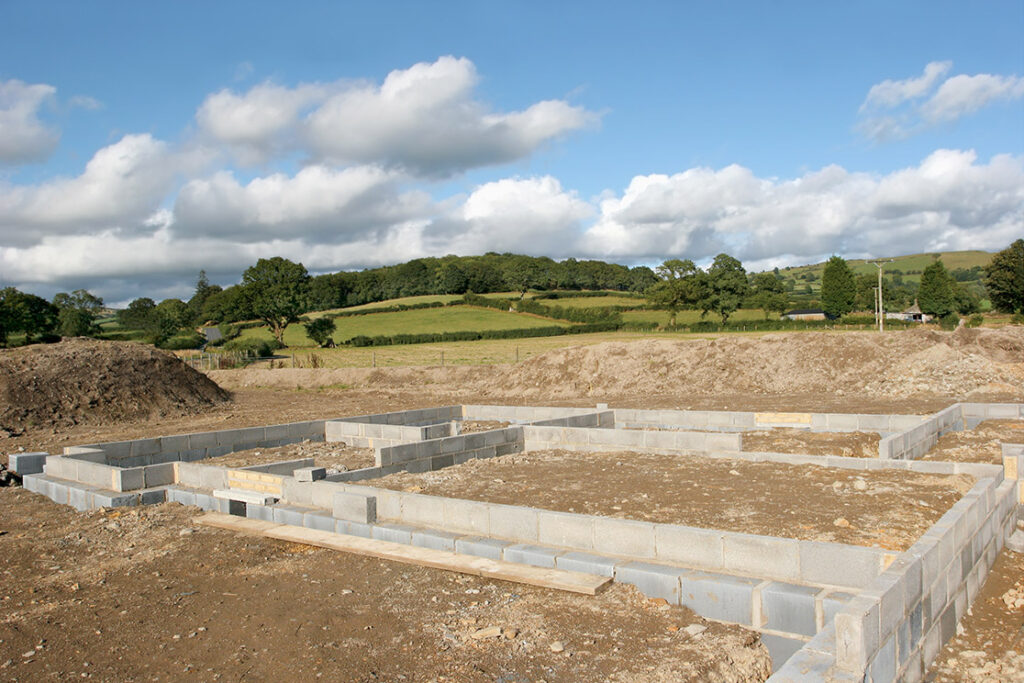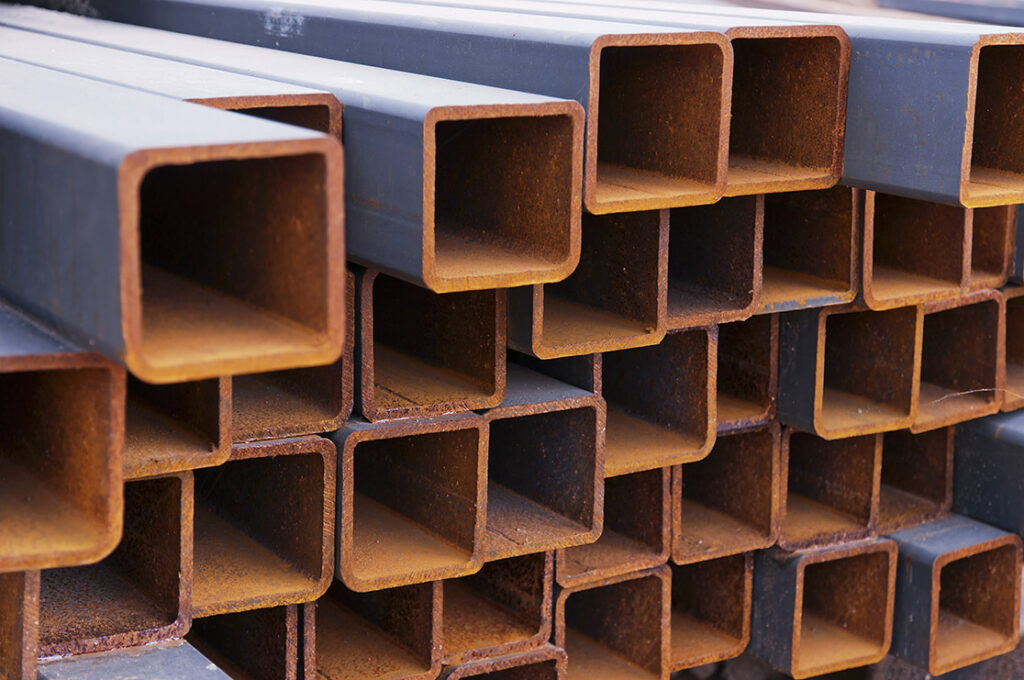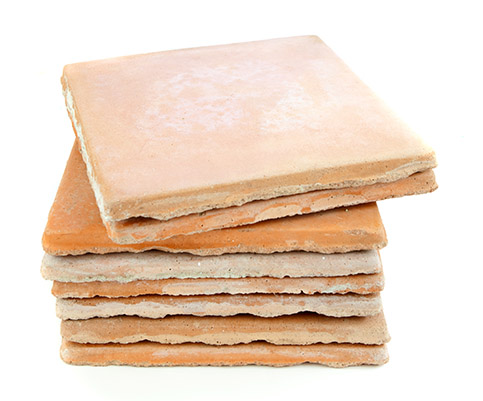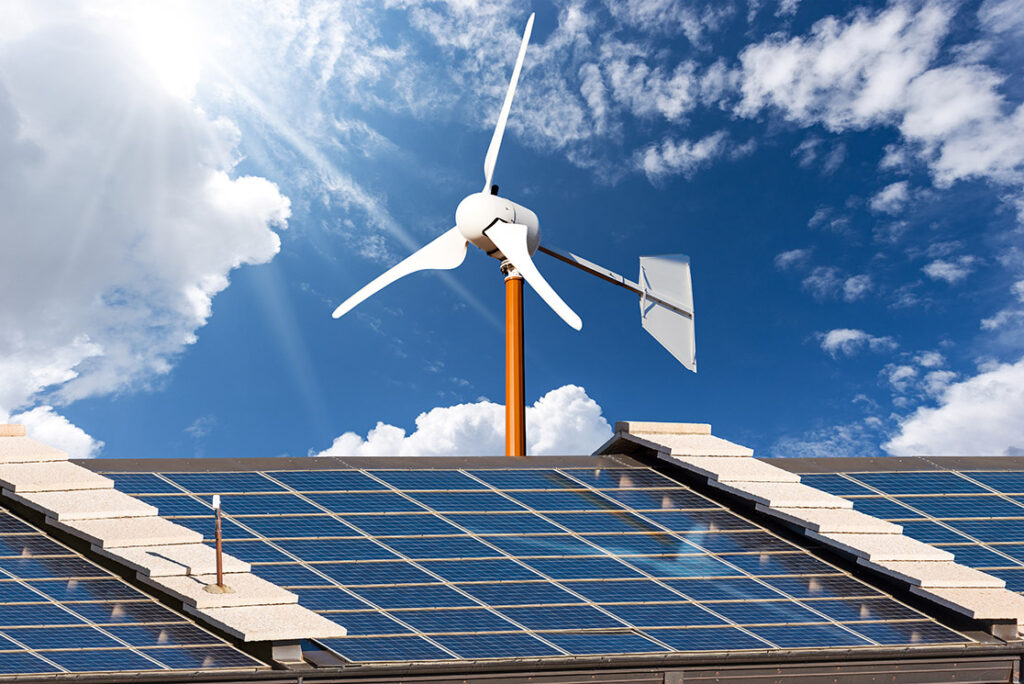Cost? Investment? Inevitable
There’s a growing demand for environmentally friendly practices in the construction realm.
The commercial construction sector is making strides to minimise its carbon footprint. It’s experiencing a significant shift towards green and sustainable building trends. plus the industry is adopting innovative energy-efficient designs and eco-friendly materials.
These are making construction a better friend to its environment.
In this post, we’ll discuss several current sustainability issues in commercial construction. Then we’ll examine practical solutions to address them. We’ll also highlight upcoming initiatives set to revolutionise the sector’s approach to sustainable construction.

Introduction to Green Construction
Understanding the Need for Sustainable Building Practices
The construction industry has long been a major contributor to environmental degradation. There’s no getting away from that, and it’s time to shift the perspective.
Modern attitudes call for buildings that work with the site they occupy – not against the natural world.
Sustainable building practices are not just a nice-to-have. They’re essential to keep us from damaging our surroundings. Resource depletion and worry about the planet’s future means demand for green construction has surged.
So what are ‘sustainable building practices’ and what do they aim to do?
In practice we need to use materials and methods that are resource-efficient and green.
The aim? To reduce the environmental impact of construction to a sustainable level.
This includes the building’s entire life cycle. From design, construction, operation, maintenance, to eventual demolition. Businesses can mitigate harmful emissions, conserve energy, and ensure a healthier environment.
Is there a benefit to be gained? Well, sustainable buildings often result in lower operating costs, providing a financial incentive.
Then there is Corporate social responsibility. It’s a common buzz phrase these days, describing the need for a company to think beyond their own interests.
Reinforcing an organisation’s reputation as an environment-conscious entity is no mean way to do business.
Current Trends in Sustainable Building Practices
Green Materials in Commercial Construction
When you’re building sustainably, construction materials play a pivotal role. Green materials have reduced environmental impact, and are either:
• sourced from sustainable suppliers
• or composed of recycled content.
These materials include bamboo, recycled steel, and low-VOC (volatile organic compound) paints. They are becoming much more common on construction projects.

They help conserve resources. They contribute to healthier indoor air quality. And they can reduce waste. Recycled steel, for instance, curbs the energy-intensive process of producing new steel. This cuts down carbon emissions.
Additionally, building designs are incorporating natural light and ventilation. reducing the need for artificial cooling and lighting. As clients recognise the long-term cost savings, their adoption becomes desireable. Using green materials leads to positive marketing benefits too.
At BHR Commercial Construction, we’ve learned to use modern materials. As a result, we’re seeing the benefits they offer to clients in their finished projects.
The Shift towards Energy Efficiency
Energy efficiency – in these ‘cost of living crisis’ times, it’s crystal clear why it’s at the forefront of green issues.
Technologies aimed at reducing energy consumption are being implemented in commercial buildings. They bring cost savings along with a positive impact on the environment. It’s no wonder that continues to drive the movement.
These technologies include:
- advanced insulation techniques
- energy-efficient HVAC systems
- smart building technologies that minimise energy waste
- LED lighting and energy-efficient windows
These all contribute to reduced energy use and improved comfort for occupants.
Integrating renewable energy sources – solar panels and wind turbines -is increasingly common.
Buildings that generate some of their own energy needs are on a winning track for their owners. First, they have lower operational costs. Then they align with the global goal of reducing reliance on fossil fuels. All this with the aim of mitigating climate change.
What Issues Does Sustainability Cause in Commercial Construction
Addressing Water Consumption
The UK has been squelching in excessive rain recently, so water almost sounds like a non-issue.
However, water conservation is a critical aspect of sustainable building practices. The commercial construction sector is a significant consumer of water resources. And the water we use has usually been through a energy-intensive treatment process.
Advanced water-saving technologies and design strategies are being integrated into buildings. Low-flow fixtures, water-efficient landscaping, and rainwater harvesting systems are examples of modern solutions .
This shrinks the water footprint of a building, it contributes to lower utility bills. Another win.
Some developers are implementing water recycling systems. These treat and reuse greywater for toilet flushing, window cleaning and irrigation. By prioritising water conservation, businesses can prepare for the future. Fact is, in some regions water scarcity is becoming a pressing issue.
Incorporating Waste Management into Construction Planning
Effective waste management is critical on any site. A significant portion of waste can be diverted from landfills. This needs forethought, good planning, and diligent execution.

How?
- Deconstructing rather than demolishing structures allows for the recovery and reuse of materials.
- Sourcing materials with minimal packaging. Ensuring they are recyclable or biodegradable can greatly reduce waste.
- On-site sorting and recycling facilities. These contribute by making it easier to manage waste streams effectively.
- Contractors are increasingly held accountable for waste reduction. There are certifications and regulations that incentivise sustainable practices.
Companies need to integrate waste management into the construction planning phase. That way they can achieve substantial environmental benefits. There’s also the potential to reduce costs associated with waste disposal.
The Future – New Initiatives in Green Construction
Exploring AI and Robotics in Green Construction
Artificial intelligence (AI) and robotics are set to play a role in green construction.
They will operate with precision and efficiency, and can significantly reduce waste. This can only enhance the sustainability of construction projects. AI algorithms help to optimise building design for energy efficiency. They can predict performance of sustainable materials, and manage resources throughout a project.
Robotics, on the other hand, can automate repetitive tasks. We are not yet at the point of seeing robots bricklaying and concrete pouring. In time, though, this should lead to faster construction and reduced material overuse.
Robotic systems will be able to operate in hazardous environments. That will minimise health and safety risks for human workers.
Of course, these developments can meet with resistance. When jobs are at risk, people worry, but our bricklayers are in no danger of running out of work just yet! One day soon, AI and robotics will become more prevalent. That will drive innovation in sustainability and help meet sustainability goals effectively.

Integration of Renewables in Future Commercial Projects
Integrating renewable energy sources is a key aspect of greener commercial construction. Future commercial building projects will incorporate solar, wind, and geothermal energy. These will likely supplement, and become the primary energy sources.
Solar glass and solar roofing make it easier for buildings to harness the sun’s energy. And they do it without compromising on aesthetic design.
Wind turbines are also being designed to fit seamlessly into building architecture. This allows for on-site energy generation even in urban settings. Geothermal heating and cooling systems come into play too. They use the earth’s stable temperatures to provide efficient indoor climate control.
These technologies are becoming more accessible and cost-effective. Commercial projects can be energy self-sufficient, and significantly reduce greenhouse gas emissions.
Read more about the Carbon Cost of construction, and how we tackle it in this Insights article.
Building Green Construction into the Commercial Sector
The future of green construction in the commercial sector is only going to grow. Environmental concerns are now central to business operations and corporate identities. Reputations and public perception matter.
That means sustainable building practices are becoming the standard rather than the exception.
More companies are adopting green construction methods. That contributes to the health of the planet, and delivers economic benefits. The reduced operational costs and increased asset value are not to be underestimated.
The industry’s trajectory is clear.
We must move towards more sustainable and technologically advanced building solutions. That will help us meet the demands of both the environment and the market.
As this field evolves, staying informed and embracing these changes will be crucial. Businesses looking to lead in the commercial sector must adopt these ideas. That’s exactly the approach BHR Commercial Construction work tirelessly to achieve. The construction industry can build a legacy. One that is environmentally responsible and economically sound.
What is it that BHRCommercial Construction do to bring sustainability to our sites? This Insight article describes three practices we adopt to make us as green as possible.
You can read our environmental policy and other documents on our ESG page.
Back to Insights